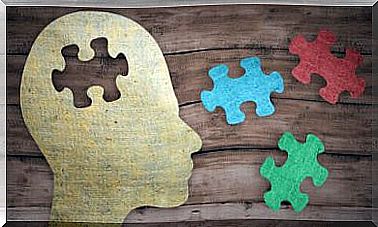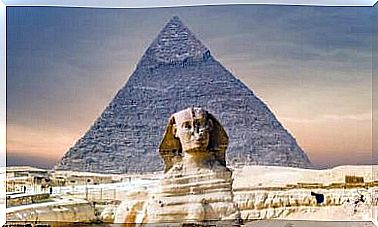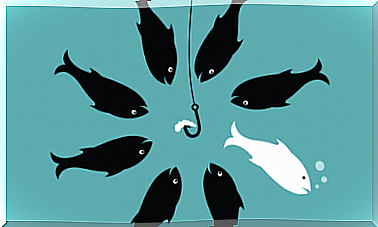Childhood Cognitive Development Seen Through Piaget’s Eyes
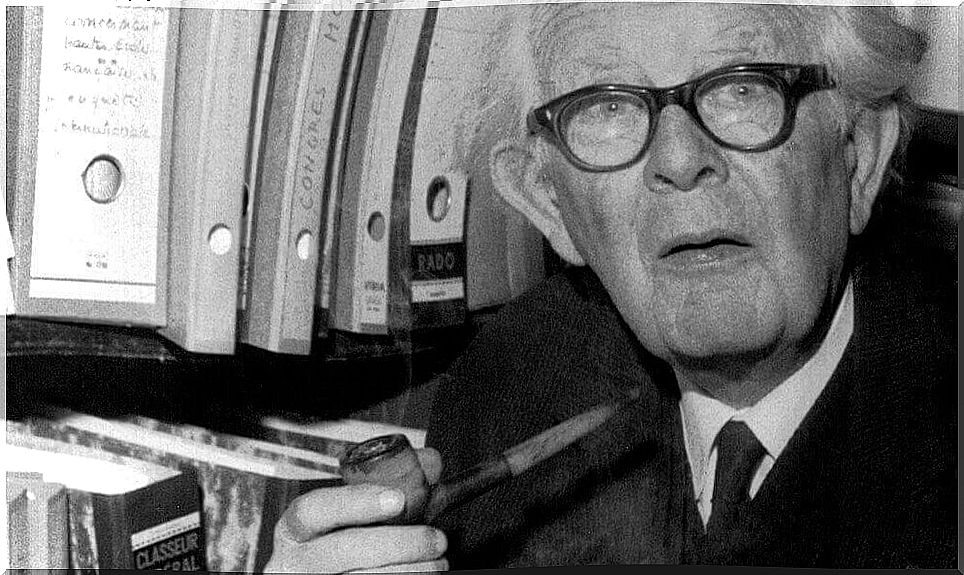
Jean Piaget is a reference figure for the study of infantile cognitive development, since he devoted his entire life to the study of childhood, up to studying his own children to understand the stages of their development. Together with Lev Vygotskij he is one of the fathers of constructivism.
One of Jean Piaget’s most famous theories involves the division of infantile cognitive development into four different stages. Piaget was looking for ways to explain the general development of children. However, nowadays we know that this theory leaves out some important aspects, so we cannot consider it a general development theory. Piaget’s classification is however a useful guide to understand how logical-mathematical capacity develops in childhood.
The stages of infantile cognitive development
At one time, many psychologists thought that development was the result of a cumulative phenomenon in which new behaviors and cognitive processes were generated. Piaget, on the other hand, formulated a theory of development based on qualitative steps, whereby the child accumulates skills, but sooner or later he will change his way of thinking in a qualitative way.
Piaget first identified three stages of cognitive development, with a series of secondary stages, and then four. The stages are as follows: sensorimotor, preoperative, concrete operative and formal operative.
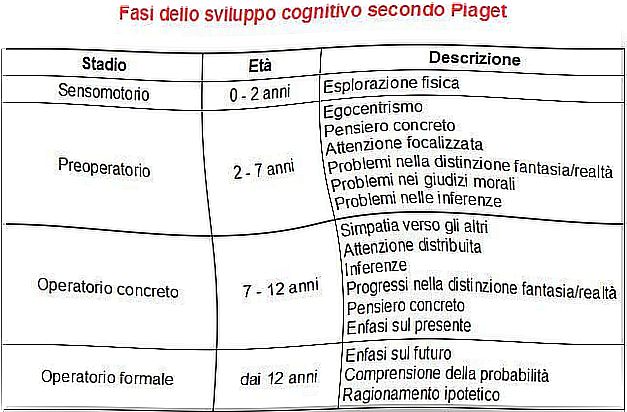
Sensomotor stage
This stage precedes the development of language, ranging from 0 to 2 years. It is characterized by the reflex ability of the child. In this period the child relates the perceptive capacity with the motor one. In her mind, there are only practical concepts, such as knowing what to do to eat or to get her mother’s attention.
Gradually, the child generalizes the events of the environment and creates patterns about the functioning of the world. Thanks to the intersection of these patterns, the child learns the concept of object permanence, he understands that objects exist as external entities. Before integrating this idea into his schemes, if the child could not see, hear and touch an object, he would think that it does not exist.
The end of this phase is marked by the appearance of language. Language implies a profound change in the child’s cognitive abilities. It is accompanied by the semiotic function, the ability to represent concepts through thought. The child passes from having a purely practical mind to a mind that also acts on a representational level.
Preoperative stage
This phase lasts from 2 to 7 years. It is a transitional period in which the child begins to work with his semiotic ability. Although he has already reached a level of representation, his mind is still very different from that of an adult. He has self-centered thinking.
The child is self-centered, his thoughts are all focused on his person. He is unable to distinguish the physical dimension from the psychic one and the objective one from the subjective one. He believes that his subjective life experience is the objective reality of all individuals. This denotes the absence of the theory of mind. From the age of 4, the child abandons self-centeredness and develops the theory of mind.

Furthermore, at this stage, the child struggles to understand that the world is changing. It is able to understand the states of matter, but not the transformations. For example, if we show a child of this age a full glass of water and then pour the water into a narrower, taller glass, the child will tend to think that the amount of water is greater. He does not understand that changing the container did not change the quantity of matter.
Concrete operating stage
This period ranges from 7 to 12 years approximately. The child has now abandoned the full confidence in the senses he had before. He develops a number of concepts, such as that the transformation of form does not alter the quantity of matter.
Start building logical thinking based on categories and relationships away from perceptual data. The child understands the transformations and is able to understand that they can occur in the opposite direction (adding instead of taking away, for example). An important advance is the ability to perform these operations by representing them in the mind, without having to use material objects.
While he controls operations and logic, he can accomplish them with objects he knows how to behave. He does not know how to theorize about what he does not know or is beyond his perceptual knowledge. It will reach this ability only in the next stage.
Formal operative stage
It is the last stage of development in which the child becomes cognitively adult. Acquires scientific thinking. The child not only thinks about reality, but also about possibilities.

This period is characterized by the ability to make hypotheses and to examine the possible consequences of these hypotheses. The child refines his testing processes and does not accept opinions without first subjecting them to critical scrutiny.
From this moment, the child begins to acquire new knowledge and intellectual tools. This allows him to become a competent adult within the company. However, there will be no other qualitative leaps, the child may be faster or more precise in mental operations, but his way of thinking does not change.
What do you think of Piaget’s theory of child development? Do children grow up following these stages, or is this theory lacking in explaining complete human development?
